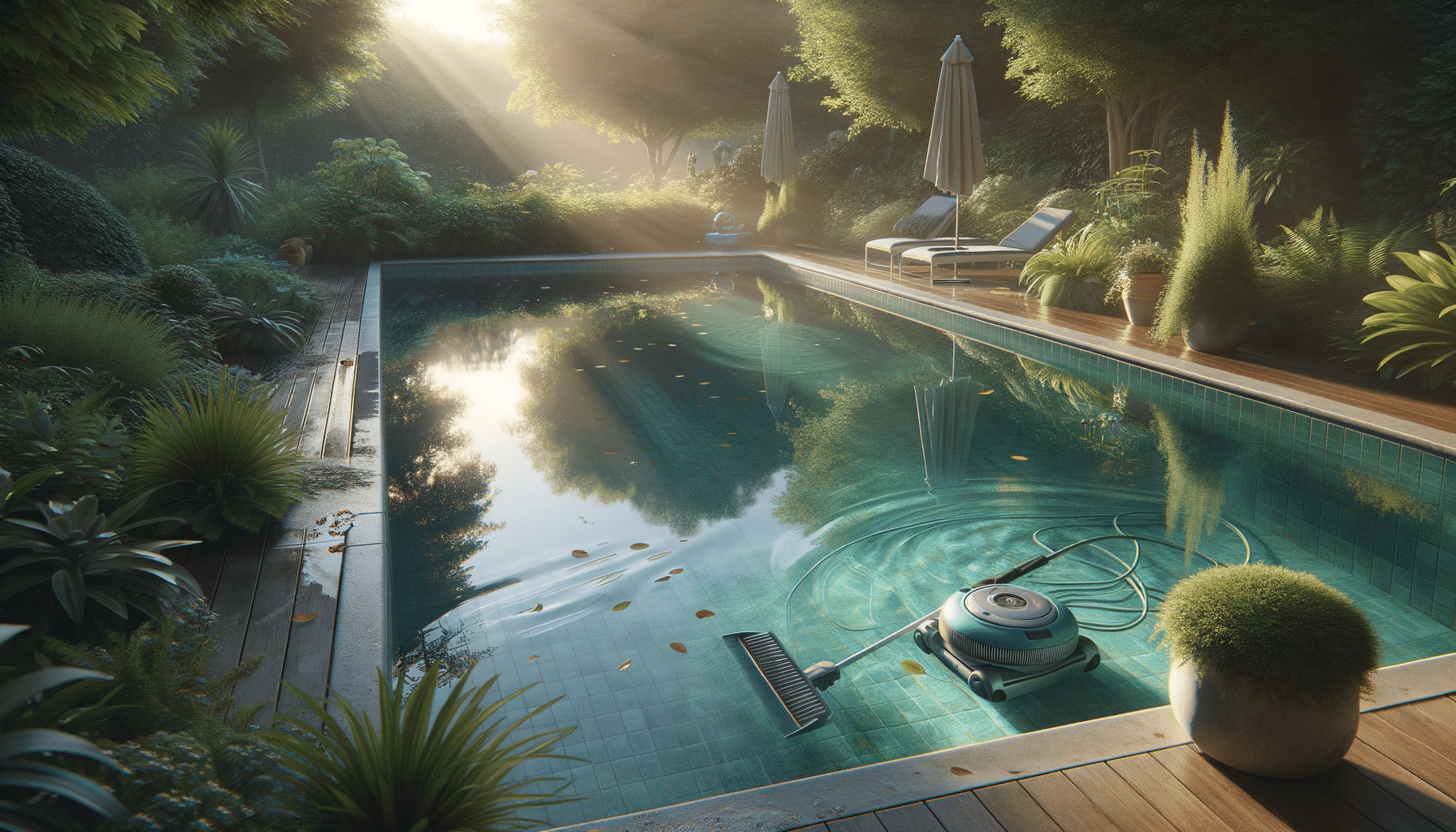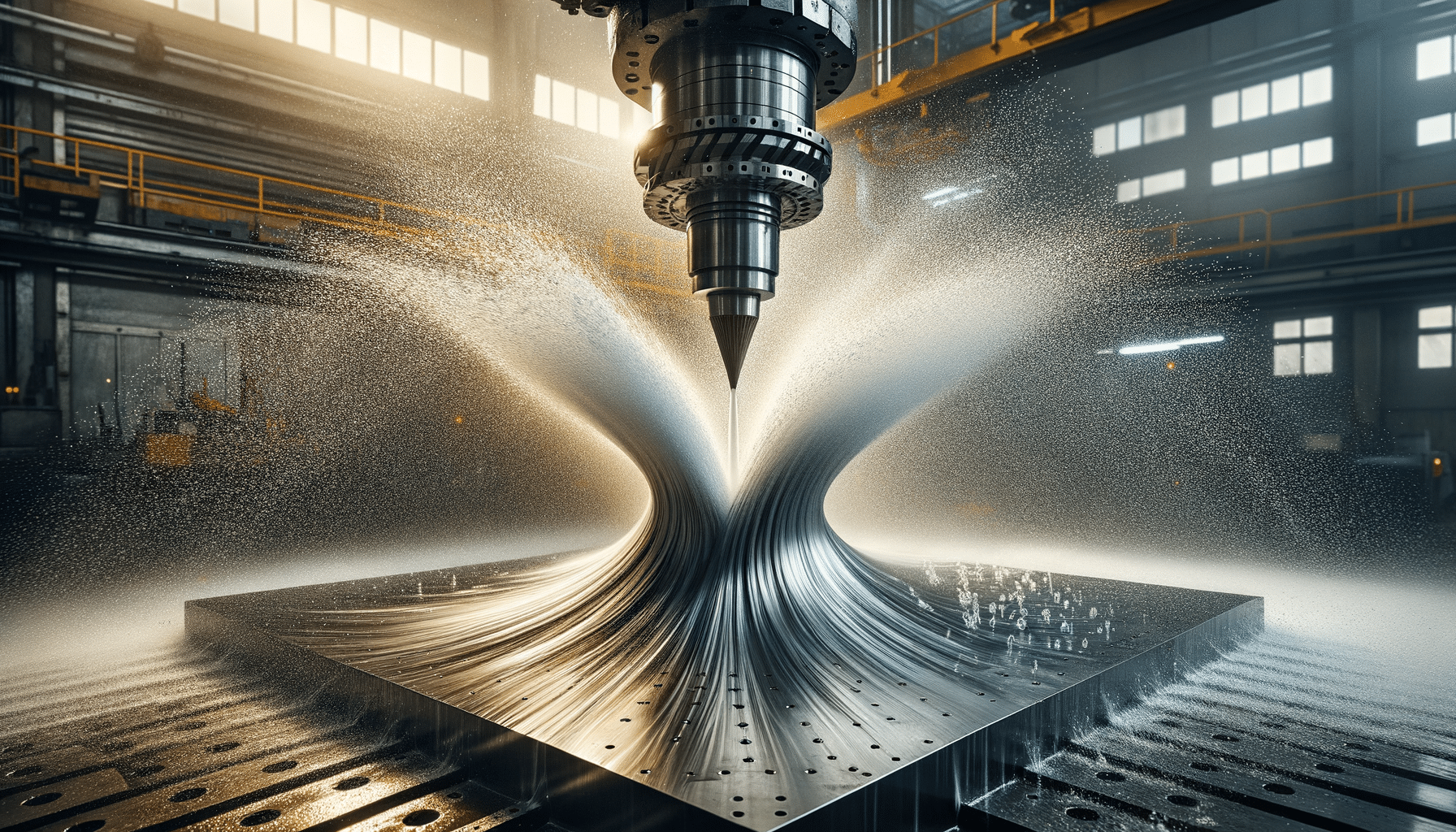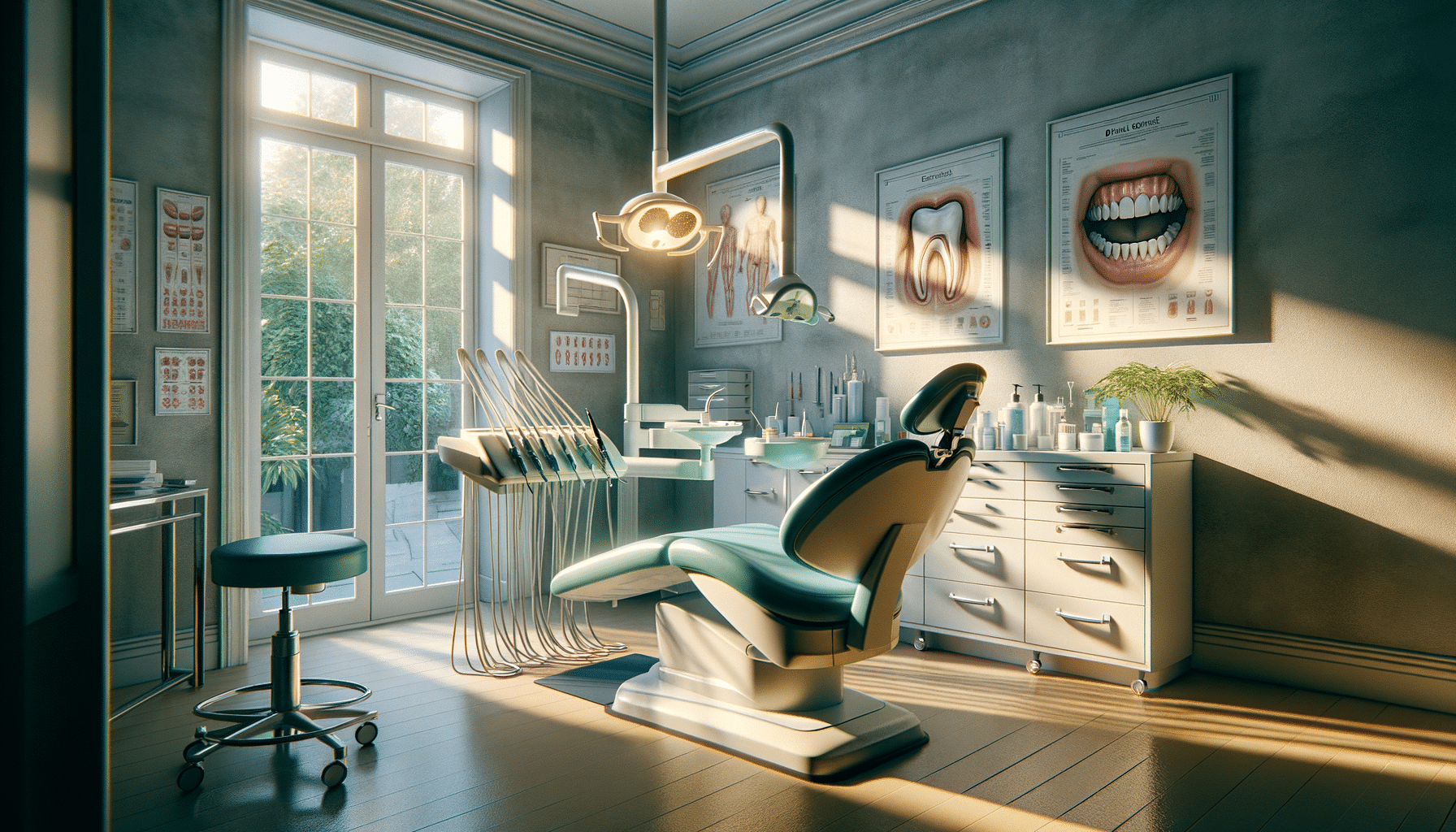
Learn more about pool cleaning
Introduction to Pool Cleaning
Owning a swimming pool is a luxury that brings joy and relaxation, but it also comes with the responsibility of regular maintenance. Pool cleaning is essential to ensure the water remains clear, safe, and inviting. Neglecting this task can lead to unsanitary conditions and damage to the pool’s infrastructure. In this article, we will explore the various aspects of pool cleaning, providing valuable insights into maintaining a pristine swimming environment.
Understanding the Basics of Pool Maintenance
Proper pool maintenance requires a combination of chemistry, cleaning, and regular inspections. At its core, the goal is to maintain balanced water chemistry, ensuring the right levels of chlorine and pH. Chlorine acts as a disinfectant, killing harmful bacteria and algae. The pH level, ideally between 7.2 and 7.8, helps maintain water clarity and prevents irritation to swimmers.
Regular cleaning involves several tasks:
- Skimming: Removing debris from the surface of the water using a skimmer net.
- Brushing: Cleaning the walls and floor of the pool to prevent algae build-up.
- Vacuuming: Using manual or automatic vacuums to clean the pool’s floor.
These tasks, combined with routine checks of the pool’s filtration system, ensure the pool remains clean and safe for use.
The Role of Filtration Systems
A key component of pool cleaning is the filtration system, which works tirelessly to remove impurities from the water. There are three main types of pool filters: sand, cartridge, and diatomaceous earth (DE) filters. Each has its unique benefits and maintenance requirements.
Sand Filters: These are among the most common and work by filtering water through a bed of sand. They are easy to maintain and require backwashing to clean.
Cartridge Filters: These filters use a paper-type cartridge to trap debris. They require less water for cleaning and are more efficient at filtering out smaller particles.
Diatomaceous Earth (DE) Filters: Known for their exceptional filtration capability, DE filters use a powder made from fossilized remains of diatoms. They capture the smallest particles, ensuring crystal clear water.
Choosing the right filter depends on pool size, usage, and personal preference. Regular maintenance of the filtration system is imperative to ensure its effectiveness.
Common Pool Cleaning Challenges
Despite regular maintenance, pool owners often encounter common challenges that require immediate attention. Algae growth is a prevalent issue, especially in warm climates. It can turn the water green and make surfaces slippery. Regular shock treatments and proper circulation help prevent algae growth.
Another challenge is balancing the pool’s chemistry. Fluctuations in pH and chlorine levels can lead to cloudy water, skin irritation, and equipment damage. Regular testing and adjustment are necessary to maintain balance.
Additionally, pool owners may face issues with calcium build-up, which can damage pool surfaces and equipment. Using a water softener or regularly scrubbing pool surfaces can mitigate this problem.
Conclusion: Keeping Your Pool Sparkling Clean
Maintaining a clean pool is a multifaceted task that requires diligence and knowledge. By understanding the basics of pool maintenance, utilizing efficient filtration systems, and addressing common challenges promptly, pool owners can enjoy a sparkling clean swimming environment. Regular maintenance not only ensures the safety and enjoyment of swimmers but also extends the life of the pool, making it a worthwhile investment in leisure and relaxation.


